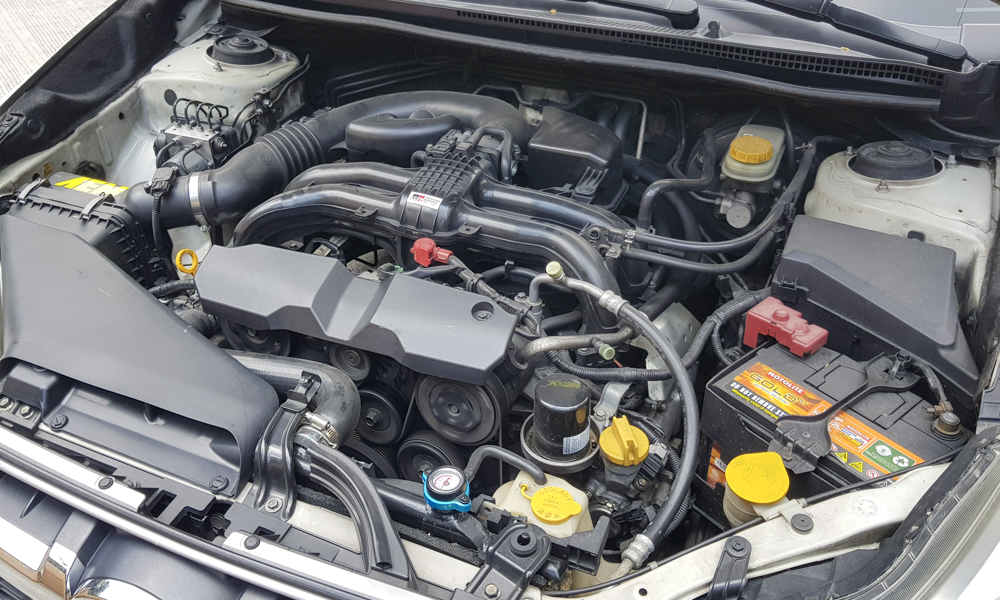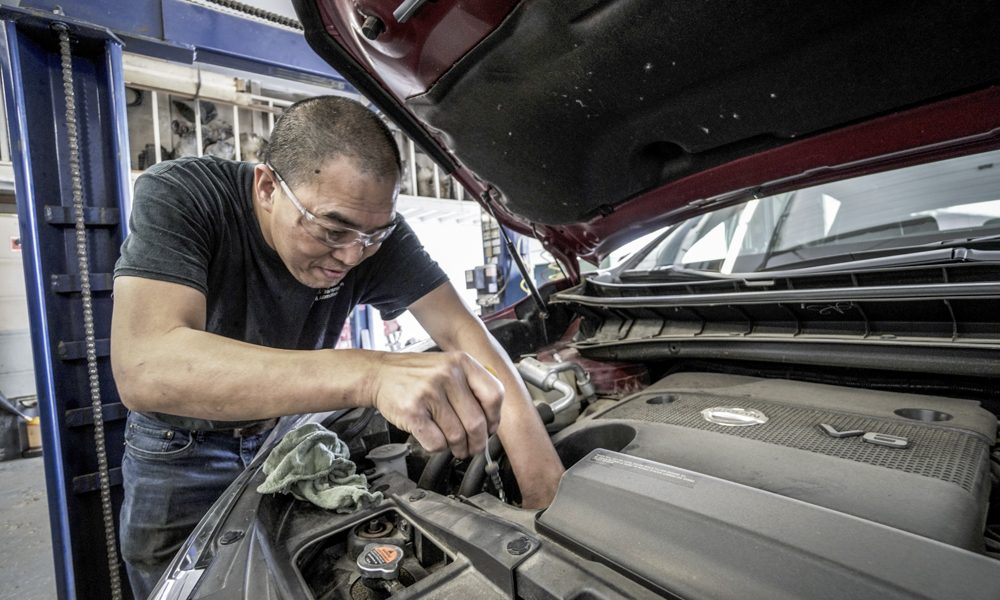
Whenever we buy a new car, oil is something that we never really worry about. It’s automatically changed if you follow the recommended service intervals for your vehicle. In addition, while most carmakers will be happy to equip an automobile with a gauge that clearly indicates fuel quantity, there is almost always nothing for oil. If that oil-level warning light illuminates, you’re pretty much screwed.
Oil consumption is nothing new especially for those who drive older cars. It is possible that normal wear and tear on your motor might lead it to drink a small amount of lubricant each time it runs. But according to Consumer Reports, some new car models are burning oil at alarming rates.
This article lists some of the engines and the vehicle models that are said to consume a significant amount of oil. Of particular note is Subaru, whose 2.0-, 2.5- and 3.6-liter horizontally opposed motors were included. Products such as the Impreza, the XV (or Crosstrek), the Forester and the Outback were also mentioned. For the record, I can personally attest to this as I did encounter some instances of oil consumption on my former ride without any signs of leaks.

Now, some of you might argue that American car owners drive longer distances than we do, and that cars in the US are supposedly more used (and abused). But the heavy traffic that drivers here frequently crawl through is, in some ways, more detrimental to the health of your vehicle. An engine that is often left idling in gridlock (for hours on end) tends to get worn faster than one that does regular highway trips.

As car owners, it is our responsibility to periodically check our oil level as it is the lifeblood of the engine. Once all the lubrication runs out, the motor is well and truly kaput, and you’ll be facing a hefty bill for a rebuild or, worse, a replacement unit. Inspecting the dipstick during every other fuel fill-up is good practice, and the process takes roughly a minute. If the level is at or near the minimum mark, simply add oil until it reaches the maximum level.
There aren’t any rules about what is acceptable when it comes to oil consumption. But one telltale sign that your engine is burning too much oil is bluish smoke coming out of your tailpipe. In addition, if the oil level on the dipstick goes a quarter of the way down for every 1,000km, you will likely run out of lubricant before you get to your next oil change.











Comments